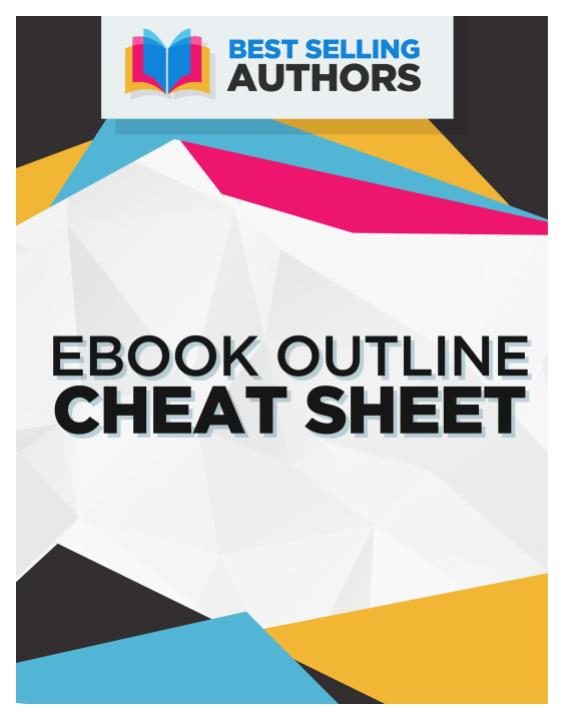No matter what industry you’re in, your small business can’t afford to ignore email marketing.
A research by Forrester found that 89 percent of US marketers use email as the main channel for lead generation. This market is shifting from desktop to mobile at a very fast rate, with mobile now accounting for more than half of all opened emails.
In this article, we’ve gathered expert insights and best practices in email marketing for small businesses, such as dodging the spam filter, ensuring your content is relevant and encouraging sales:
-
Optimize Your Subject Lines
A well-crafted subject line can grab attention and increase engagement.
The effectiveness of subject lines varies from one industry to another. There’s no one-size-fits-all answer. The key is to constantly test and optimize so you can adapt to the changing market landscape.
When you test your subject lines, consider key elements such as keywords, length, tone, use of emoticons and personalization. Create a test plan to clearly identify the best formula for your specific campaign and audience.
Since more and more people are viewing emails on mobile devices, it’s important to consider the character count displayed on different mobile devices (typically around 35 characters in portrait and 75 in landscape.)
That means you’d want to keep your subject lines short and to the point, with the most important information at the start of the sentence.
-
Keep Your Database Current
Email service providers (ESPs) and Internet service providers (ISPs) use various factors to determine if you may be a spammer. These include deliverability rates, unsubscribe rates, spam complaints, content type, formatting etc.
Sending emails to non-responsive addresses can affect your “reputation” with ESPs and ISPs because it impacts your deliverability and open rates.
To prevent this from happening, you can:
- Make sure all your subscribers have opted-in to receive your emails.
- Regularly clean your database of old or unresponsive addresses.
- Deliver useful content in a format your readers prefer so they’ll engage with your emails. The higher your engagement metrics the better chance your emails will land in their inboxes instead of the spam folder.
-
Maintain Consistent Look And Feel
Consistency builds trust. Make sure the look and feel, as well as the tone of your emails, are consistent and on-brand.
Surprise and excite your audience with high-quality and relevant content, instead of changing the layout from one email to the next.
-
Incorporate Images
Most people process information visually and decide whether to click on a link based on the images in an email.
A split test showed that the same copy accompanied by different images led to a 30 percent increase in click-through rate.
Make sure you choose images that not only reflect your brand personality but also excite, engage and intrigue your readers.
-
Embrace Flexibility
You need to stay current and relevant, which means your email content needs to reflect last minute events or changes.
As a small business owner, you’d want to acquire the skills to update your emails so you’re not at the mercy of any contractor if you need to make last-minute updates.
-
Use Emails To Enhance Customer Journey
Being in the right place at the right time is essential to email marketing success. Your timing also needs to match the action you want recipients to take in order to maximize results.
There are five stages in a customer journey: (1) Awareness, during which your potential customers find out who you are and what you offer; (2) Consideration, when they try to determine if they want to purchase from you; (3) Purchase; (4) Loyalty, at which they make recurring purchases and (5) Advocacy, when they share reviews and recommendations with others.
Email marketing is most effective at the Consideration phase as a tool to help potential customers evaluate their options, show them why your products or services are the best choices and give them the comfort and reassurance they need to make a purchase.
Email is also great for the Advocacy stage – e.g. you can ask your customers to leave a review or recommend your products to their friends.
-
Use Design To Support Your Business Goals
There’s no hard and fast rule on the best layout or the perfect length – it depends on the objective of your campaign.
For sales emails, remove all the clutter and distractions so the focus is on the product. Make sure all your calls-to-action are clear and pointing to the sales page.
If you’re sending out a newsletter, make it easy to scan and digest, especially on mobile devices. Use bullet points, and include summaries with links to read more.
For brand emails, make them short and impactful. Experiment with new techniques, such as animated gifs and videos.


